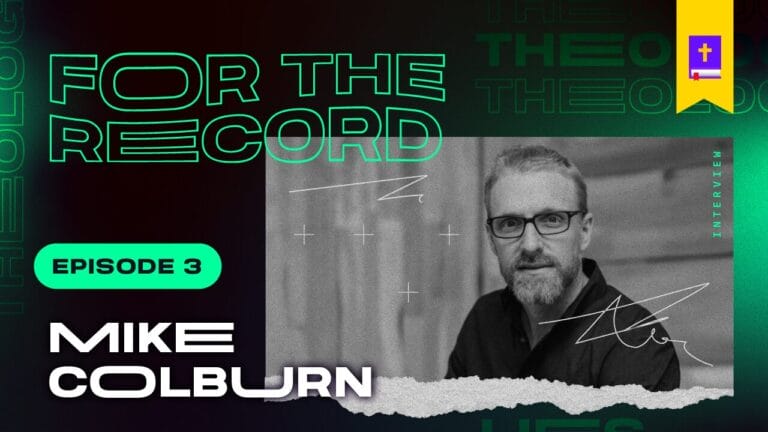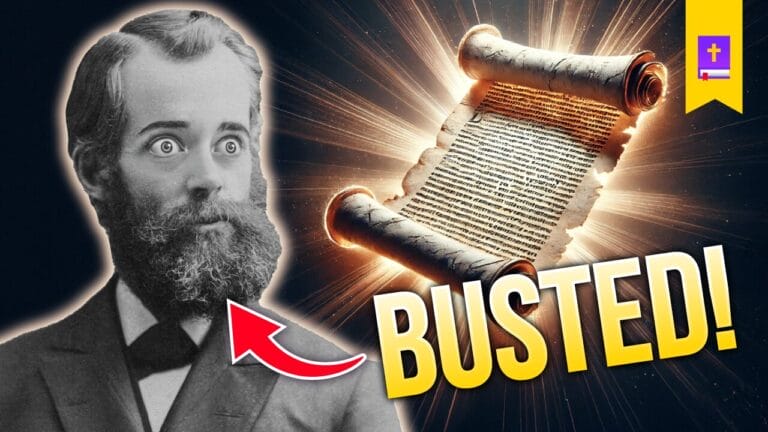Yes.
The Restoration Movement was born during the Second Great Awakening in the early 19th century when various members from different Christian denominations thought the Christian Church had fallen away entirely and needed to be restored to it’s fullness. What they referred to as the “great apostasy.” They hoped to establish a church based solely on the Bible—with their core belief in Jesus as the only model and the Bible as the only holy book.
They rejected rules and practices that did not come explicitly (verbatim) from the Bible and claimed they caused unnecessary divisions in the church. The ultimate goal was for all denominational boundaries to dissolve and become united as one church under God’s rule alone.
SDA historian George R. Knight, documenting in his book A Search for Identity: The Development of Seventh-day Adventist Beliefs writes:
The Restorationists rejected the view that the Reformation was something that happened only in the sixteenth century. Rather, the Reformation began in the sixteenth century but would not be completed until the last vestiges of tradition were gone and the teachings of the Bible (especially the New Testament) were firmly in place in the church. The task of the Restorationist movement was to complete the unfinished Reformation.
George Knight, A Search for Identity: The Development of Seventh-day Adventist Beliefs, pg. 31
Ironically, the Restorationist movement led to a number of groups that all ended up forming their own sects that aren’t united such as the Churches of Christ, the Latter-Day Saints (Mormons), Jehovah’s Witnesses, Christadelphians, and numerous other sects that all disagree with one another on countless doctrines.
Seventh-Day Adventism came about at a time and in a region where this mindset was prevalent which impacted the movements founding. While they do not formally go back to the Restorationist Movement, the ideology of the SDA movement does. As George Knight also documents in his book:
It is important to recognize the impact of the Anabaptist mentality, Restorationism, and Wesleyanism on the understandings and development of Adventism.
George Knight, A Search for Identity: The Development of Seventh-day Adventist Beliefs, pg. 34
Knight also recognizes that the SDA pioneers, specifically James White and Joseph Bates, had a history in the Christian Connexion, which was a Unitarian, restorationist cult. Speaking on this he writes:
One branch of the Restorationist movement had special importance to Seventh-Day Adventists: the Christian Connexion. James White and Joseph Bates (two of Adventism’s three founders) were members of the Christian Connexion. Beyond that, Joshua V. Himes (the second most influential Millerite leader) was also a Connexionist minister.
All in all, the Christian Connexion made an extremely large impact on both Millerite Adventism and later Sabbatarian Adventism. Beyond general thinking patterns, two examples will have to suffice. The first is that [Joseph] Bates, the apostle of the Sabbath, would frame the seventh-day Sabbath as one of the things needed to be restored to the church before Christ could return (SDA [1847], 60). A second is that Bates and [James] White brought anti-trinitarianism into Adventism from their Restorationist background. Certain Restorationists pointed out that the Bible nowhere uses the word “trinity.” They eventually came to regard the Trinity as one of those doctrines Christianity adopted during the Middle Ages as a product of the “great apostasy” from scripture.
George R. Knight, A Search for Identity: The Development of Seventh-day Adventist Beliefs, pg. 33
The SDA pioneers believed and taught that the true church fell into apostasy after the apostles and needed to be restored just like the rest of the movements within the Restorationist paradigm.










